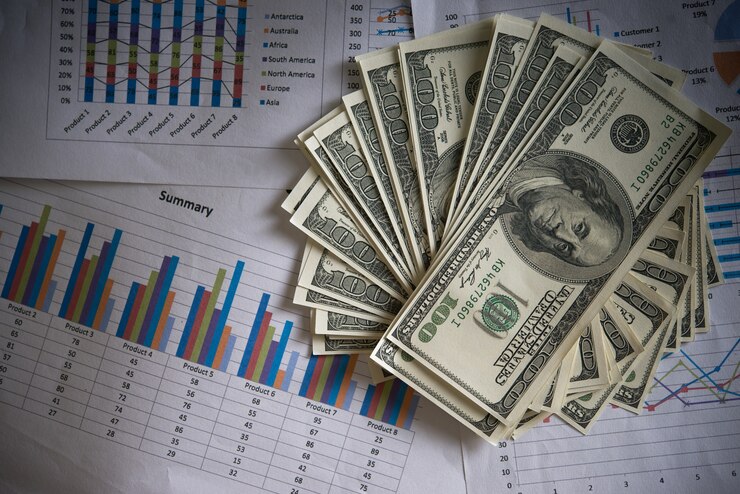The Dollar’s Recent Price Movements: 4 Important Trends that you should know!
In the world of global finance, the value of the U.S. dollar (USD) is a pivotal factor influencing international trade, investment strategies, and economic stability. Dollar’s Recent Price Movement fluctuations in the dollar’s price have garnered significant attention from analysts, investors, and policymakers alike. In this blog, we’ll dive into the latest trends affecting the dollar’s value, explore the underlying factors driving these movements, and consider their broader implications.
Table of Contents
1. Understanding the Dollar’s Recent Price movements Performance
Over the past few months, the dollar has exhibited notable volatility. After reaching a peak earlier in the year, its value has experienced both upward and downward shifts. As of September 2024, the dollar has been trading within a specific range against major currencies like the Euro (EUR), Japanese Yen (JPY), and British Pound (GBP). This fluctuation has been driven by a complex interplay of economic indicators, geopolitical events, and market sentiments.
2. Key Factors Influencing the Dollar’s recent price movements Value
Several factors are currently influencing the dollar’s value:
- Interest Rates and Monetary Policy: The Federal Reserve’s stance on interest rates has a significant impact on the dollar. Recent hints at possible rate hikes or cuts have led to fluctuations in the dollar’s value. Higher interest rates generally attract foreign investment, boosting the dollar, while lower rates can have the opposite effect.
- Economic Data: Economic indicators such as GDP growth, unemployment rates, and inflation figures play a crucial role. Recent data suggesting stronger-than-expected economic performance can strengthen the dollar, while weaker data might prompt declines.
- Geopolitical Events: Political stability, trade negotiations, and geopolitical tensions can cause uncertainty in currency markets. For example, ongoing trade discussions between the U.S. and China, or tensions in the Middle East, can influence the dollar’s strength.
- Market Sentiment: Investor sentiment and speculative activities can cause short-term fluctuations. For instance, global risk aversion can drive investors towards the dollar as a safe-haven asset.
3. Implications of the Dollar’s Recent Price Movements
The dollar’s value impacts various aspects of the global economy:
- International Trade: A stronger dollar makes U.S. exports more expensive and imports cheaper, which can affect trade balances. Conversely, a weaker dollar can boost U.S. exports but increase the cost of imports.
- Investment Flows: Foreign investments in U.S. assets become more attractive when the dollar is strong, potentially leading to higher capital inflows. However, a weaker dollar might encourage investment in U.S. assets due to perceived lower entry costs.
- Global Debt: Many countries hold dollar-denominated debt. Fluctuations in the dollar’s value can impact debt servicing costs for these countries, influencing their economic stability.
- Commodity Prices: Commodities like oil and gold are often priced in dollars. A stronger dollar can make these commodities more expensive for foreign buyers, potentially leading to lower global demand.
4. Looking Ahead: Predictions and Strategies
Predicting the exact movements of the dollar is challenging due to the myriad factors at play. However, analysts often use a combination of economic models, market trends, and geopolitical forecasts to make educated predictions. For investors and businesses, staying informed about Federal Reserve policies, economic data releases, and global events is crucial for navigating dollar-related risks and opportunities.
Strategically, diversifying investments and hedging against currency risk can help manage exposure to dollar fluctuations. For multinational companies, adjusting pricing strategies and supply chain operations in response to dollar movements can mitigate adverse effects.
Conclusion
The recent price movements of the U.S. dollar reflect a dynamic interplay of economic, political, and market factors. While the dollar’s volatility presents challenges, it also offers opportunities for those who stay informed and adapt their strategies accordingly. As we move forward, keeping an eye on key indicators and global developments will be essential for understanding and anticipating the dollar’s future trajectory.











Post Comment